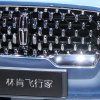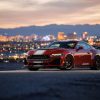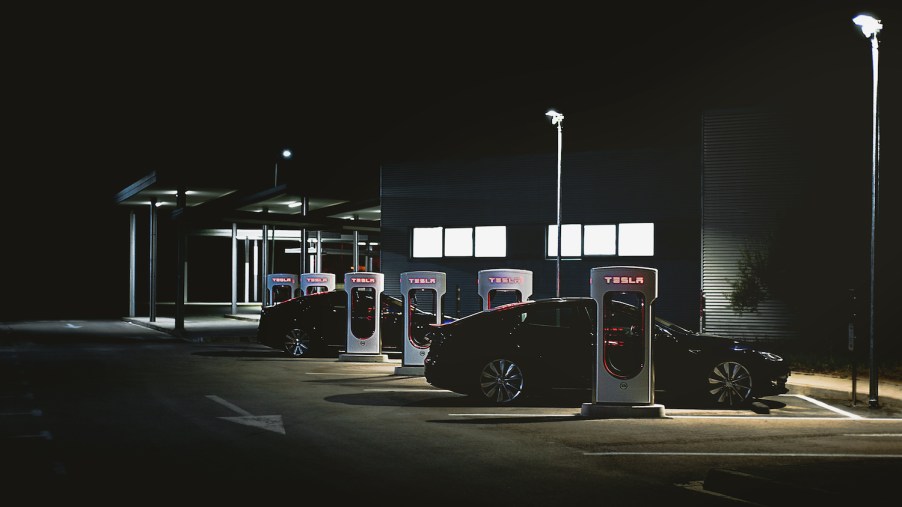
Former Tesla Employee Rents a Model S, Shatters Cannonball Record
The Cannonball Run challenge is an underground, coast-to-coast race. Teams of drivers compete to set the fastest time from New York City to Los Angeles. This week, a former Tesla employee in a rented Model S set a new electric vehicle record. Then they turned around and broke it again.
The new Cannonball record for electric vehicles
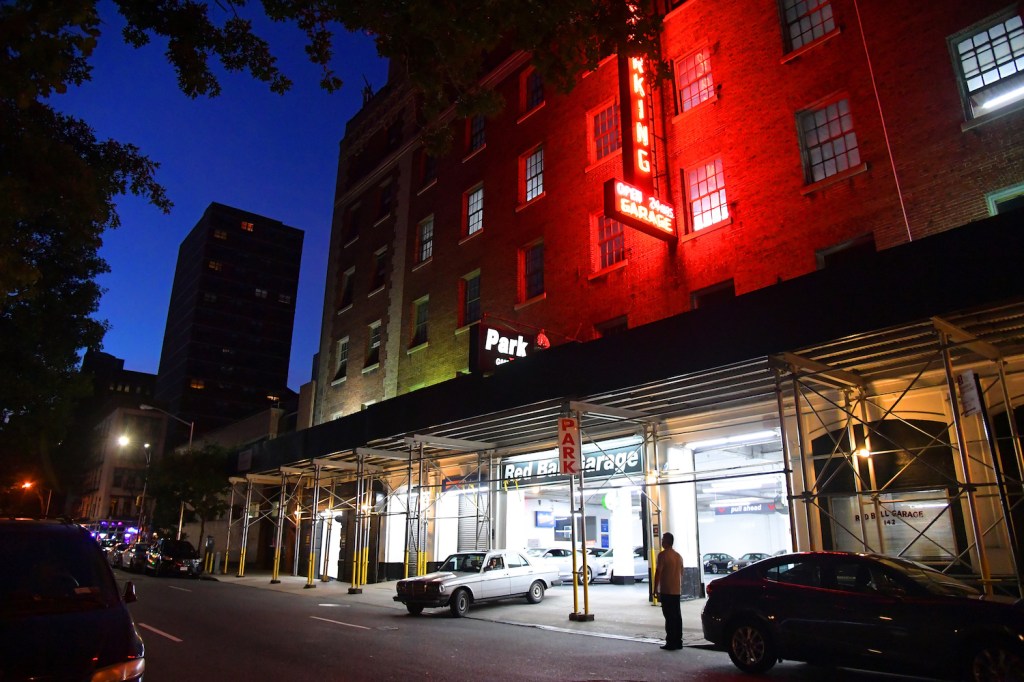
Ryan Levenson is a former Tesla employee and electric vehicle enthusiast. When Tesla announced a new long-distance edition of the Tesla Model S, Levenson knew the technology could enable him to set a Cannonball record. In addition, the company improved the coast-to-coast Tesla charging network since the last Tesla record.
There was just one problem. Levenson will not receive his own a long-distance edition of the Tesla Model S until next year. He looked up several owners who rent out their cars. Then he contacted each owner and explained what he was attempting to do. One owner was interested in lending their car to Levenson for the record.
The Tesla Levenson borrowed wore 21-inch top-trim rims. The ex-Tesla employee knew these would reduce his range. He also was hesitant to wear out another owner’s tires with a cross-country race. So he put racing tires on a set of 19-inch rims and swapped them onto the Model S. Otherwise, the electric sedan was stock.
Levenson’s cousin, Will Wood, agreed to be his copilot. They charged up the Tesla, then set off for New York City.
How to break the Cannonball EV record in a rented Tesla Model S
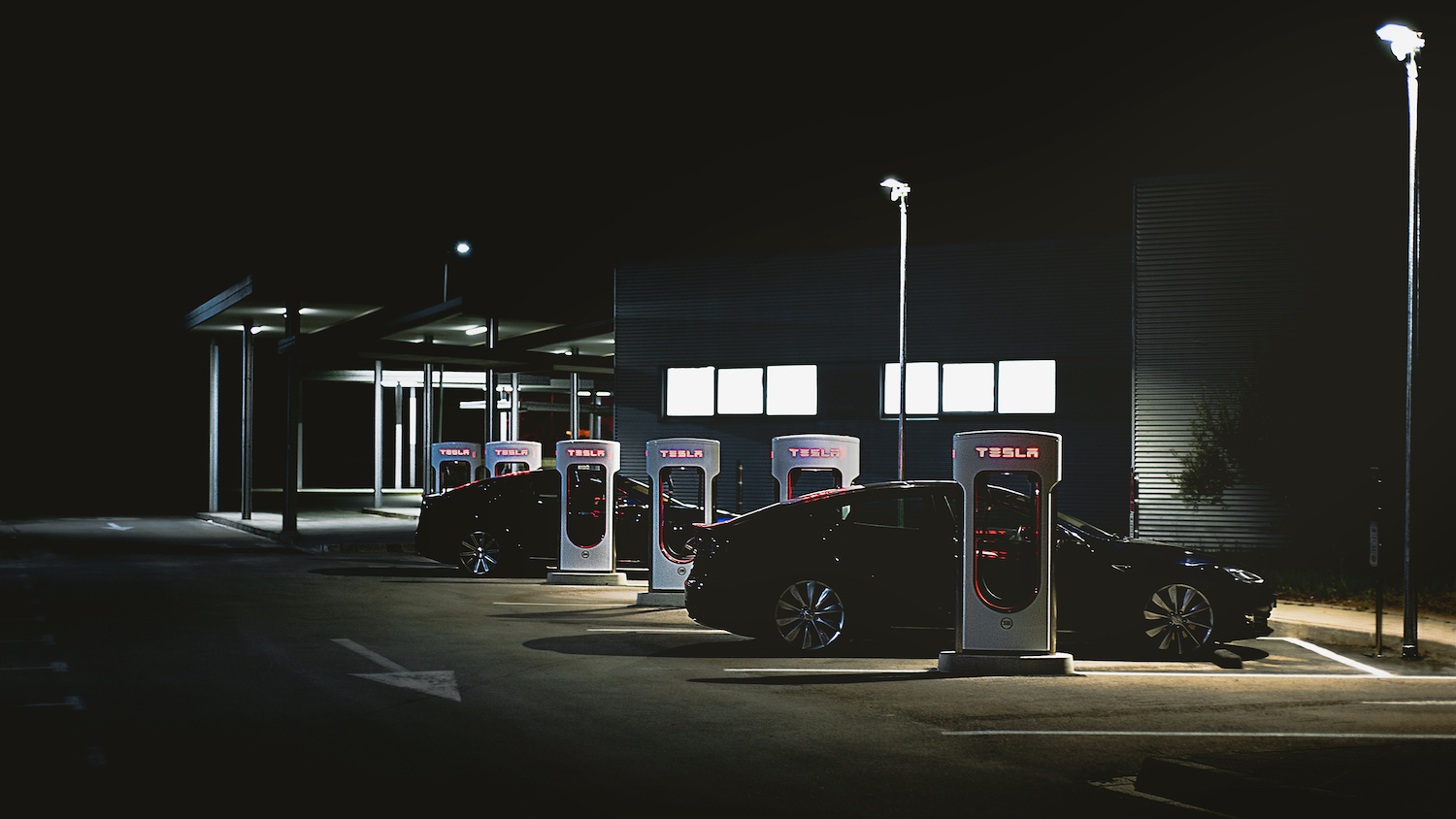
Levenson is an experienced Cannonball driver, but much of the recent record is due to improved electric vehicle technology. For example, the new Model S long-distance has an incredible 405-mile range. Levenson tried to plug the Tesla in while his battery was between 12% and 5% for the most efficient possible charging. That meant the team could race for about 1.5-2 hours between stops.
The team’s average stop time was only sixteen minutes. Levenson said that’s “because the new Model S just charges so fast.” Because of improved charging speed, Levenson only needed to average 112% of the speed limit to tie the previous record. Driving from New York to Los Angeles, Levenson and Wood easily set a new record of 42:52. But Levenson was just getting warmed up.
Breaking the Cannonball record again
Levenson still needed to get the rented Tesla Model S back to its owner in Los Angeles. What’s more, traditionally, Cannonballers drive east to west. So Levenson picked up a new co-driver, Josh Allen, and turned around.
On the second record run, Levenson decided to push for 135% of the speed limit. Once, with the autopilot disengaged, he reached a top speed of 155 MPH. But he knew such speed would rapidly drain the car’s battery. Therefore, Levenson and Allen held themself to 93 miles per hour, as that’s the fastest speed Tesla’s autopilot would allow them to drive.
Other record teams have used police scanners, radar jammers, and gyroscope-stabilized binoculars to thwart law enforcement. However, at Levenson’s relatively low (for Cannonball) speed, the team had no trouble with the police. The only countermeasure they implemented was scanning the Waze app for speed traps reported by other drivers.
On October 22nd, Levenson and Allan arrived at the Portofino Inn in Redondo Beach, California–the finish-line of the Cannonball Run. The two record-holders had been driving for 42 hours and 17 minutes. They shaved an impressive two hours off 2020’s record, set in a Porsche Taycan.
Conclusion
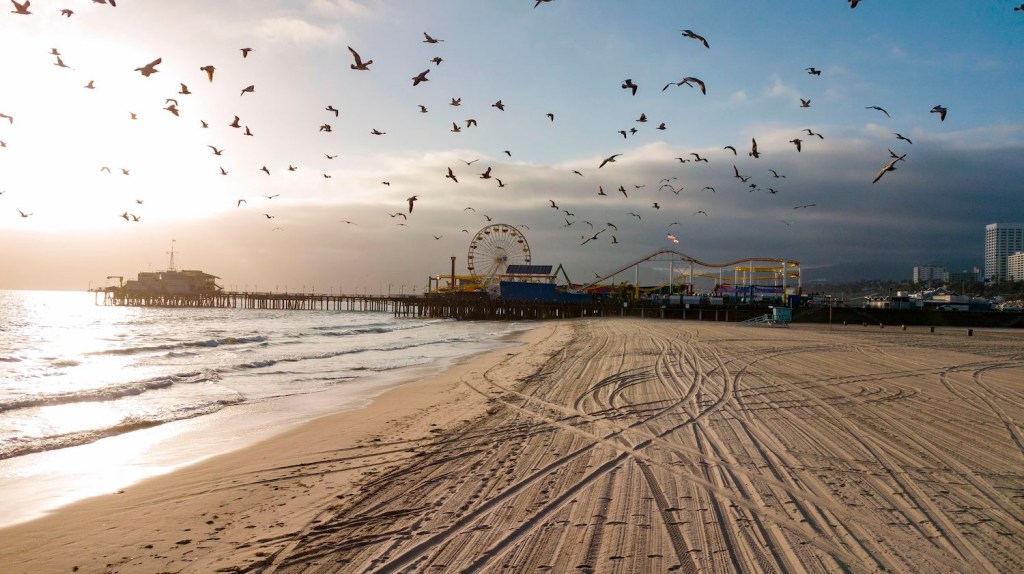
The fastest Cannonball record-holders still drive internal combustion cars with extended-range gas tanks. The current Cannonball record, overall, is 25 hours and 39 minutes.
But Levenson hopes the separate electric record shows the world the capabilities of EVs. He says of electric vehicles, “Many people didn’t even know they could get coast to coast, let alone get there in two days.”
